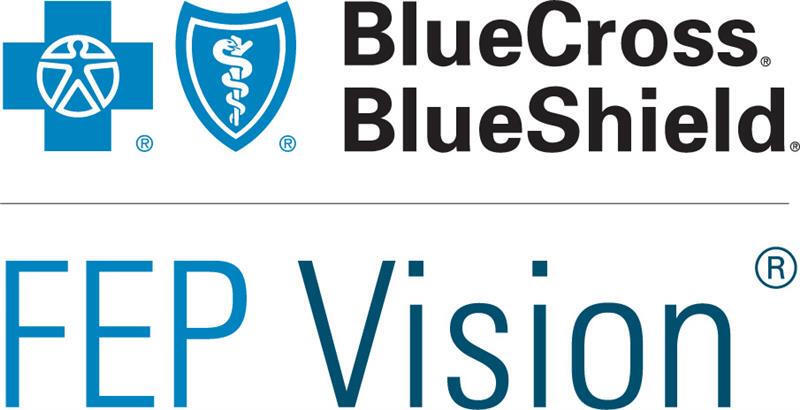We all know that Tricare has a lot of little nuances. And because of those nuances, it can sometimes seem like your actual cost for care is totally random from visit to visit. I assure you that is not true.
Among the reasons it sometimes seems random is because for Tricare Select beneficiaries, it is often cheaper to go to an out-of-network provider.
Huh?
Yeah, that's what I said.
There's a lot to know about Tricare, and it can be confusing. But the more you understand about the provider types, the better you can control your costs. More importantly, it will make sense.
NOTE: This article applies to Tricare Select beneficiaries only. Tricare Prime, which is a managed care option, gets very expensive if you go to out-of-network providers. Unless you have no other choice, you want to stick to network providers if you are on Tricare Prime.
Tricare Authorized Providers
All Tricare providers fall somewhere into a nesting structure based on their contractual relationship with Tricare. The first level is being a Tricare-authorized provider.
If you are on Tricare Select, you can go to any Tricare-authorized provider. Tricare-authorized providers are then broken down into two groups: network and out of network.
Network Providers
Network providers have a signed contract with Tricare, and they agree to accept Tricare's reimbursement rates for their care. The provider files the claim with Tricare for you. When you go to a network provider, you pay a flat-rate copayment for your care, regardless of how much the doctor bills and Tricare pays.
Participating Out-of-Network Providers
Out-of-network providers are further broken down into two groups: participating and non-participating. Neither group has a contract with Tricare. When you go to an out-of-network provider, you pay a cost-share, which is a percentage instead of a flat-rate copayment.
Participating out-of-network providers can participate on a claim-by-claim basis. They can file the claim for you. The key here is that your share of care with an out-of-network provider is a percentage of the total cost of the care as allowed by Tricare, not a flat rate.
So, let's say you go to a physical therapist who charges $150 per session, and the Tricare allowable amount is also $150. If you're a Group A retiree, that will cost you the $49 flat-rate copayment if they are a network provider. But if they are a participating out-of-network provider, you pay 25% of that $150, which is $37.50.
That's less!
Non-Participating Out-of-Network Providers
Now, there's a slight twist for those non-participating providers. You are responsible for that 25%, but they can also charge you up to 15% more than the amount that Tricare allows. They also typically don't file the claim for you.
So let's say that the provider charged $170, and Tricare allowed $150. You would owe the 25% cost-share ($37.50) plus up to 15% above the $150 (up to $22.50). So you would owe the full $20 difference plus your cost-share, for a total cost of $57.50.
As you can see, that non-participating provider part is key, because that extra 15% can add up quickly.
Non-Authorized Providers
Tricare will not pay for care provided by non-authorized providers.
Keep Up with Changes to Tricare and Your Other Benefits
Want to know about changes in military benefits as they happen? Subscribe to Military.com to get the latest benefits news delivered directly straight to your inbox.












